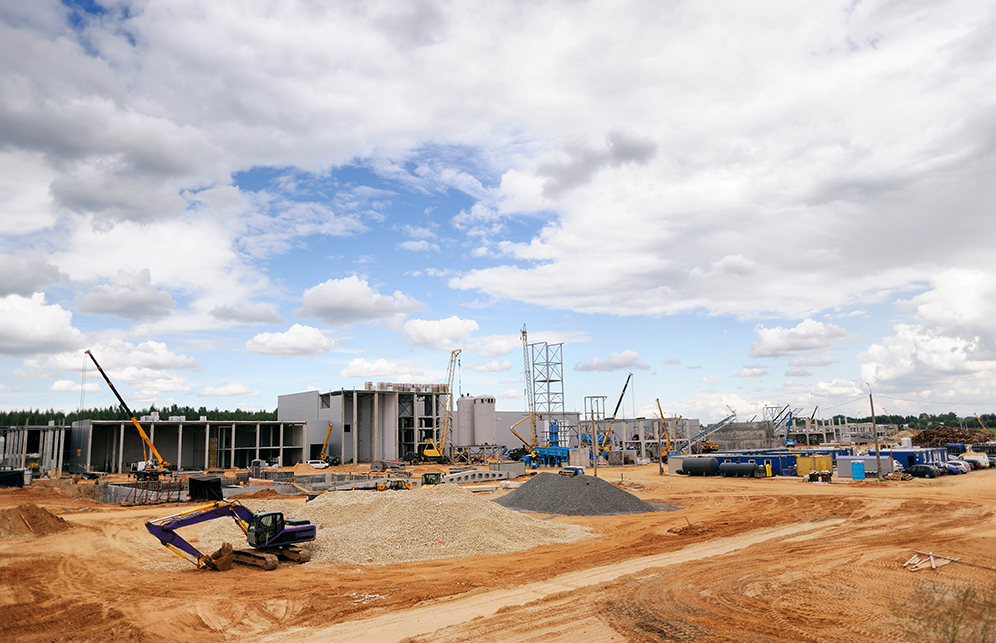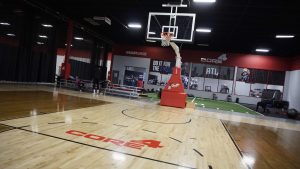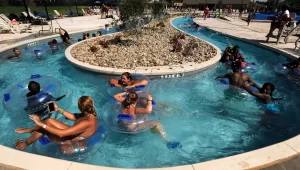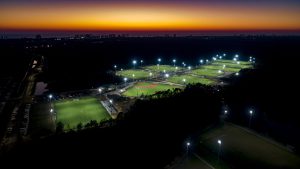The cost of sports facility construction is rising – but these tips can help.
Whether you are planning a public-sector sports facility or a privately funded venue, the ultimate goal is to build a state-of-the-art structure with the smallest possible price tag. Fortunately, advances in technology and engineering have made it easier to reduce costs without sacrificing quality. A partnership with Sports Facilities Development (SFD) will ensure that you remain on the cutting edge with innovative, cost-effective methods for sports facility construction.
Construction-Ready Land
When choosing a site for your recreational facility, look for a piece of land that is as building-ready as possible. The more time that has to be spent preparing the property for construction – clearing away trees, grading, blasting rock – the more it will cost, which means there will be less money for implementing your sports complex design and venue planning.
We collaborate with our planning partner, Sports Facilities Advisory, to produce a site selection scorecard. The scorecard uses a set of pre-determined criteria to evaluate potential locations. Additionally, the site selection scorecard evaluates adjacent land, secondary real estate development, and the economic impact.
Durable Building Materials
It may seem fairly obvious, but the use of durable building materials in your sports complex construction will reduce long-term costs of maintaining your facility. Recreational complexes are high-traffic, high-impact locations. If you don’t place an emphasis on using materials that can stand up to the beating, then the remodeling and repairs will never end. One example is the use of high-impact drywall in the construction of gyms and athletic courts, rather than the more traditional cinder block building method. High-impact drywall is durable, easy to clean, and less expensive than its cinder block counterpart. Of course, you will learn about many more low-cost, high-performance building materials after consulting with SFD.
Prefabricated Steel
Consider prefabricated steel in your sports facility construction project. A cost-effective, low-maintenance solution, the use of prefabricated steel dramatically reduces construction time, and it doesn’t have to be constantly repainted and updated every few years like other more traditional construction materials. Since steel is fire resistant and not susceptible to weather, steel structures often cost far less to insure. With flexible, modern designs, your building’s steel exterior can be made to look like traditional siding or stone.
LED Lighting
Utilities represent a significant expense in the day-to-day operations of a recreational facility, and should be considered during the construction phase. The use of LED lighting in sports complex design can drastically reduce your monthly electric bill. LED bulbs consume less energy and last longer. They provide instant lighting without producing as much heat as other bulbs, which can help limit the cost associated with cooling an indoor sports facility. With customizable intensity settings and dimming controls, LED lighting can be specifically tailored to every situation.
Once you have decided on a floor plan and building materials, stick with them. The more changes you make during the construction process the more you increase the likelihood of coming in over budget.
These are just a few things to consider during the sports facility construction process. Sports Facilities Advisory will have many more suggestions for helping you slash construction costs without sacrificing quality.






